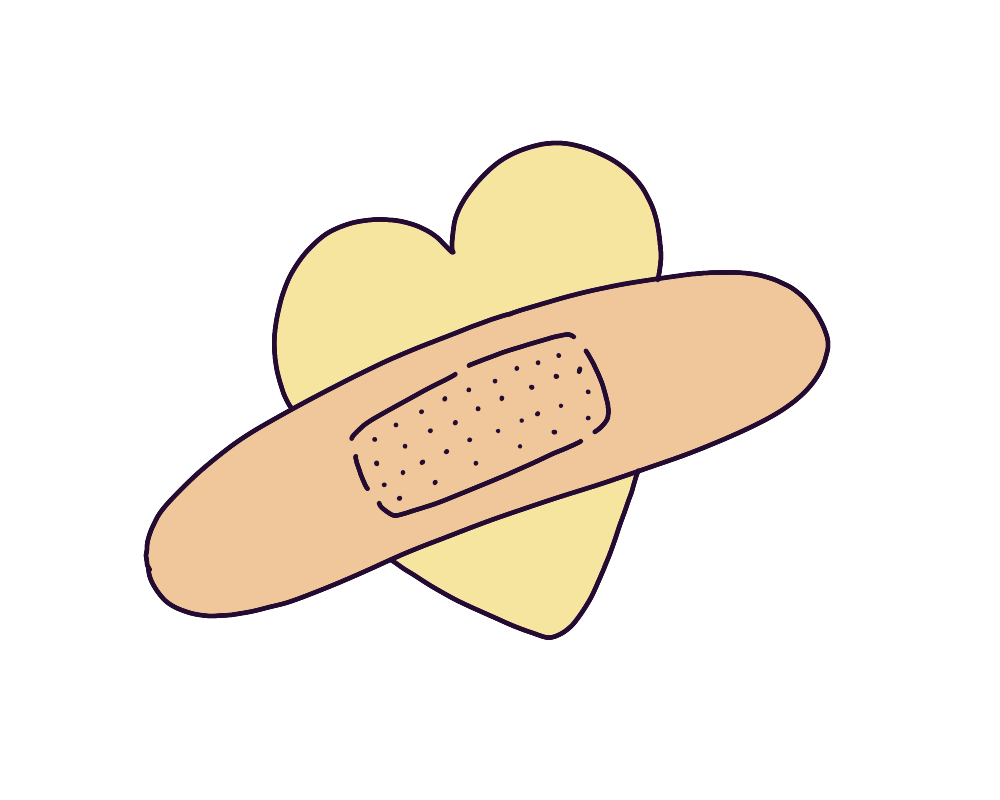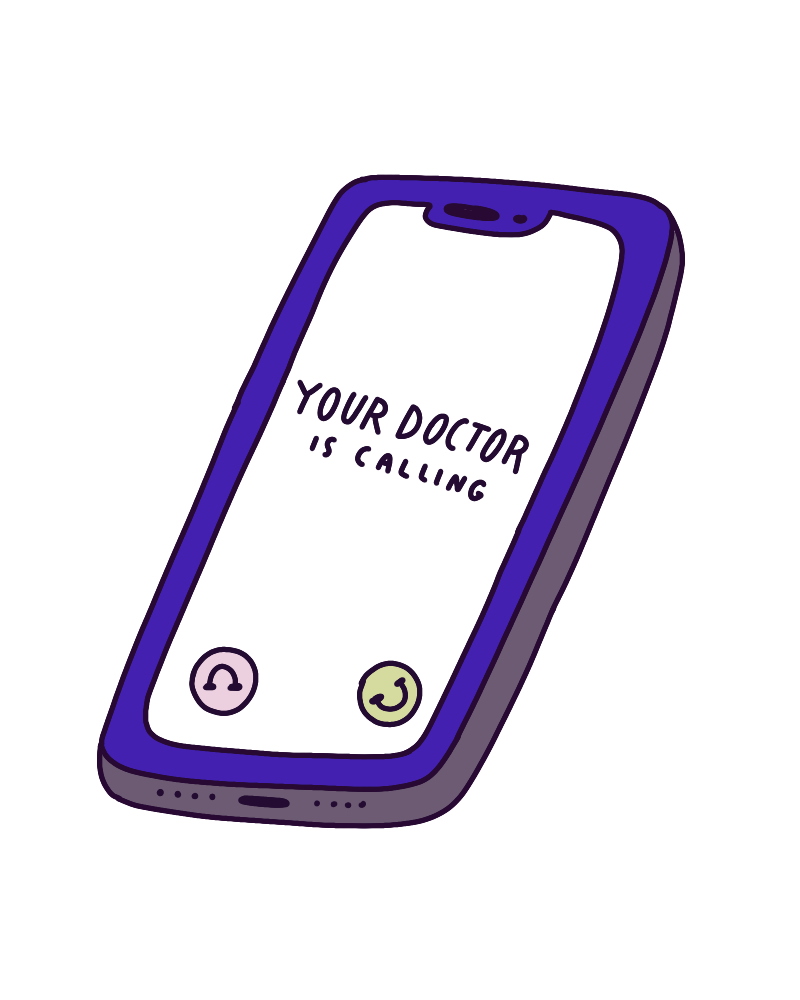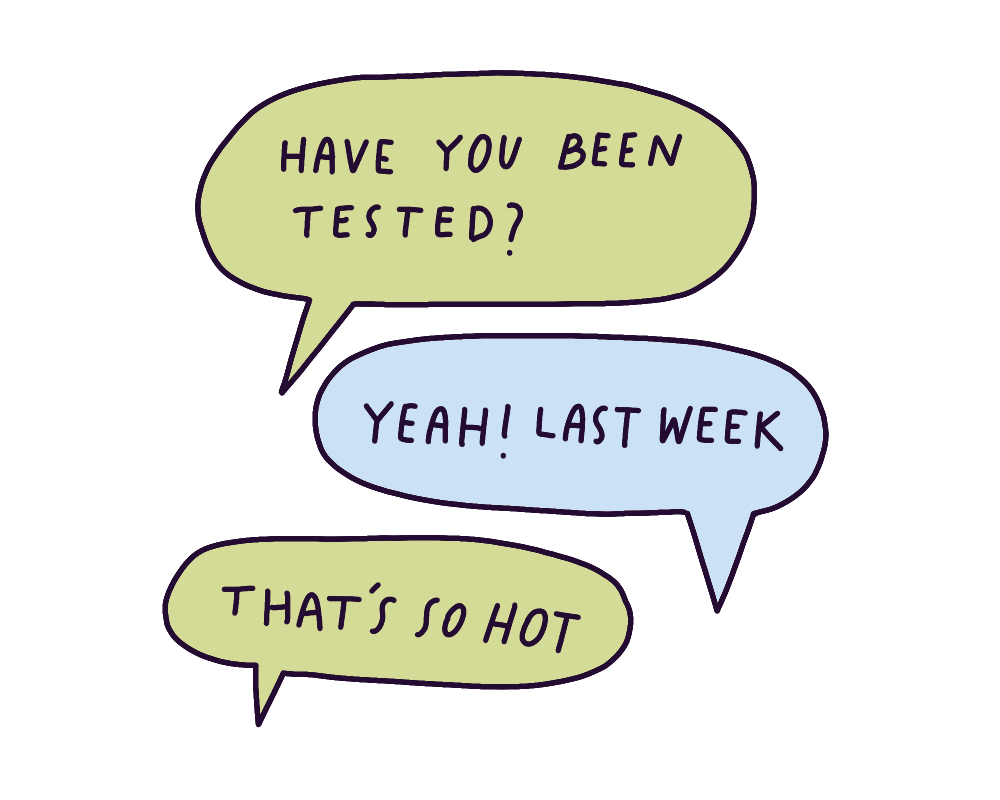STI testing and treatment
Getting an STI test can be as simple as going to your GP or a sexual health clinic.

When should I get an STI test?
How often you should get
⚠️ Important: How can I get an STI test?
You can find a GP or sexual health clinic near you.
- National Health Services Directory
Use this to look for health services in your local area.
www.healthdirect.gov.au/australian-health-services
- Victorian Sexual Health Network
The Victorian Sexual Health Network also provides a list of partner organisations to get an STI test
www.staystifree.org.au/where-can-i-be-tested
- 1800 MyOptions
This is a great place to start when looking for sexual health services in Victoria if you don’t feel comfortable going to your own GP. If you live rurally, there are some options for postal tests and even a vending machine that you can anonymously get a test from.
www.1800myoptions.org.au

What's it like to get an STI test?
Different sexual activities have different risks for different STIs . Depending on the types of sex you've been having, how frequently you’ve had sexual contact, how recently you’ve had these types of sex , and how many partners you've had, your doctor may recommend different tests. These may include:
- Genital, oral and anal swabs
These are tests that are done for most of the bacterial infections as well as some viral infections. You may get a swab of your genital regions (such as yourvagina orpenis ), oral regions (such as your mouth and throat), and anal regions (such as inside your rectum, and to check externally around the anus). The swab will be sent to a lab to test for these infections. - Urine tests
Urine tests are when you pee in a pot, and have your urine sent to a lab to get tested for bacterial STIs. - Blood tests
Blood tests are used for testing for syphilis and blood-borne viruses. Blood tests usually mean a small needle in the arm, but some tests may just use blood from a finger prick.

What happens if I test positive for an STI?
- Don’t panic. STIs are actually extremely common for people who are sexually active. It's only because of social stigma that we don’t often talk about it. So don’t worry: You're not alone.
- Most STIs are treatable. For example, bacterial STIs are treated with a course of antibiotics, which can be taken orally, or through an injection. Other STIs may require different types of treatment. It's extremely important that you do not have any sexual contact with others until at least one week after completing your course of treatment, so as to reduce the likelihood of infecting others, or of re-infection.
- Contact tracing, also called partner notification, is the final part of the process. This is where someone informs your previous partners who may have been exposed to this STI, or who may possibly have transmitted the infection to you.
💡 How can I do contact tracing?There are a few options for how to do contact tracing. Often doctors will allow you to do this yourself, as you are able. Some options for online and anonymous partner notification tools include:
Let Them Know
—> www.letthemknow.org.auThe Drama Downunder
(for men who have sex with men)
—> www.thedramadownunder.infoBetter to know
(for Aboriginal and Torres Strait Islander people)
—> www.bettertoknow.org.auYour doctor may also offer to do contact tracing for you, or to have a professional in their practice do it..
Help us improve this info by letting us know how you found it.
Start
Body Freedom and Women’s Rights
